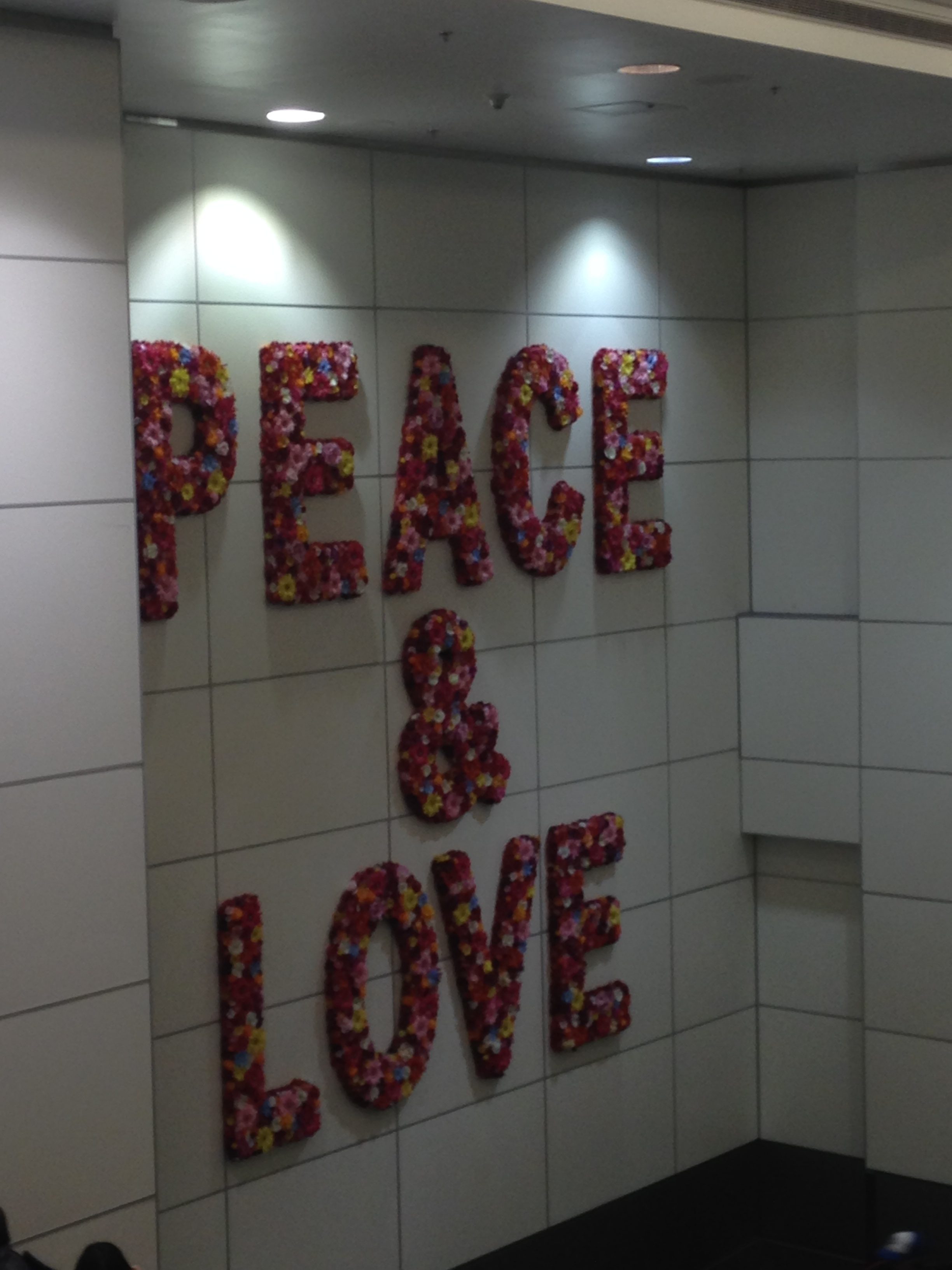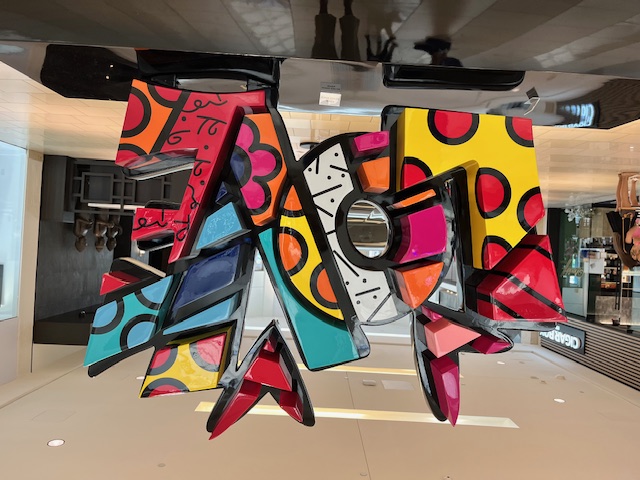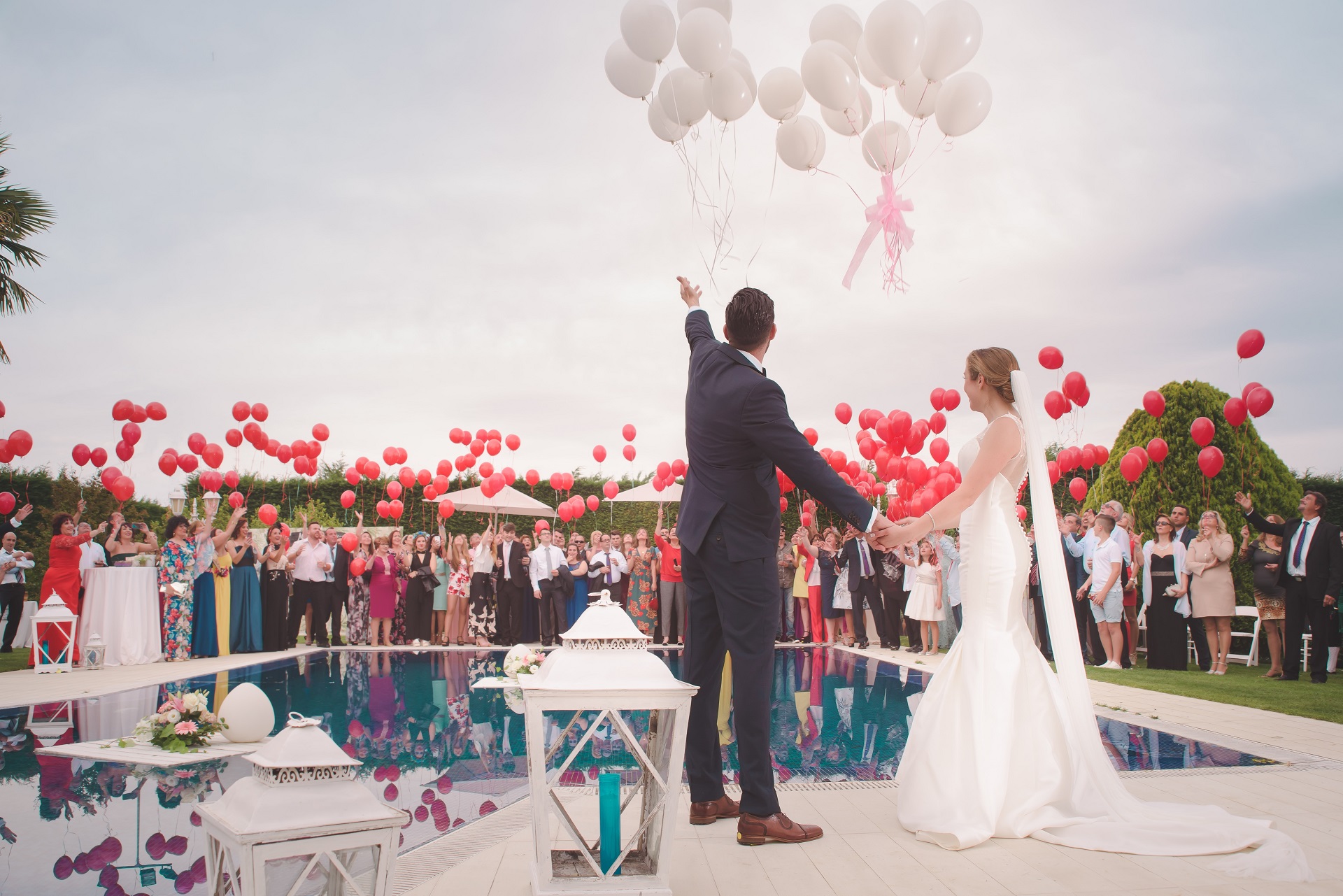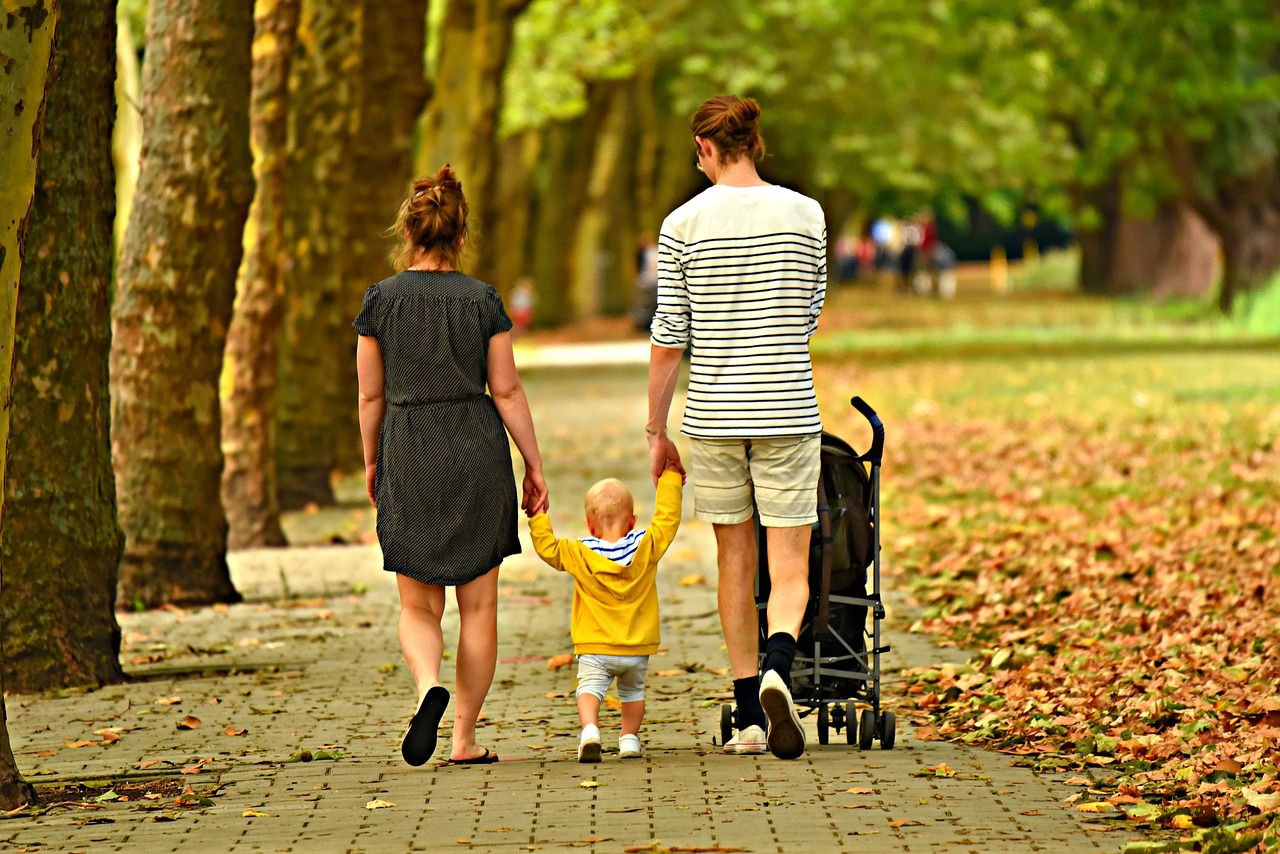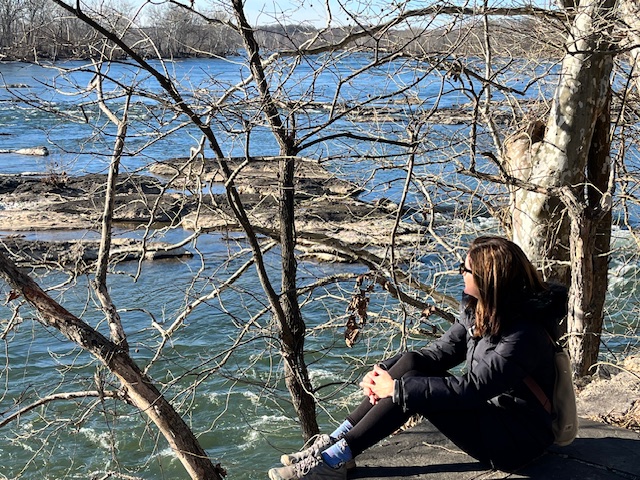Litigation is the opposite of collaborative– we do not exchange information voluntarily or have 4-way meetings while breaking bread together and engaging in open discussions focused on reaching a settlement. When we are in a court process, there are multiple rules and deadlines, formal questions or requests are made, and statements are taken under oath. A lot depends on strategy, and quite a bit also depends on sheer luck– like the judge you draw on the day of your trial, or how well your witness presents on the stand.
The pressures of litigation are immense, precisely because it is a very unforgiving process involving high stakes. Documents that are not properly authenticated or questions that are not properly asked, will be disregarded. Remedies that are not made in initial pleadings may not be addressed, and statements made by others that might seem relevant will nonetheless be deemed inadmissible unless you have that person there to testify. And while all these battles are playing out in an open courtroom, you know that it is all being recorded to document every mis-step, just in case anyone wants to appeal to a higher court later.
So, when you think about the emotional and financial cost of litigation, it is easy to see why most families actually choose to settle their differences rather than take their chances at trial. In fact, most of my clients opt for mediation or a Collaborative Divorce to avoid an ugly, very public bloodbath. But, not all of them have a choice– not when one party is making extraordinary or unreasonable demands. And, when I cannot waive my magic wand to help bridge the gap between a dueling couple, I am left with no choice but to fight the good fight, the old school gladiator way. This has now happened six times in the past 12 months, which has left many of my colleagues asking me the same question every time they see me in court, “what happened to Collaborative?”
Collaborative is a great alternative dispute resolution technique, but it is not for everyone– in fact, not for most. You need two people willing to trust the process, and their attorneys. Both parties have to be committed to avoiding court and working on a fair resolution for the family. Does it sound too good to be true? Sure, and yet I have on average had at least one case a year the past decade that resolves this way, and a ton more through mediation or a cooperative-style process that gets us to a settlement before we file in court.
If most of my cases were litigated, I will probably have quit the practice of law long ago. It is a very hard way to make a living, and although I often feel quite proud at the outcome, inevitably there is always immense regret that the parties could not have handled the situation better and avoided going nuclear on each other. Does this sound odd coming from a lawyer? Well, it shouldn’t, considering as far back as the days of Abraham Lincoln (one of my many lawyer role-models) he said, “discourage litigation, persuade your neighbors to compromise whenever you can.”
Gandhi was another great lawyer that promoted peace, and he said, “the duty of a lawyer is always to place before the judges and help them arrive at the truth.” I believe in going beyond the courtroom and making sure we place the truth before everyone, which includes this: court is not the end all be all, but rather the ultimate goal is peace. As President Ronald Reagan once said, “peace is not absence of conflict, it is the ability to handle conflict by peaceful means.”
Both professionally and personally, may you find the way to collaborate and peacefully resolve your conflicts.
By Regina A. DeMeo, Esq.

